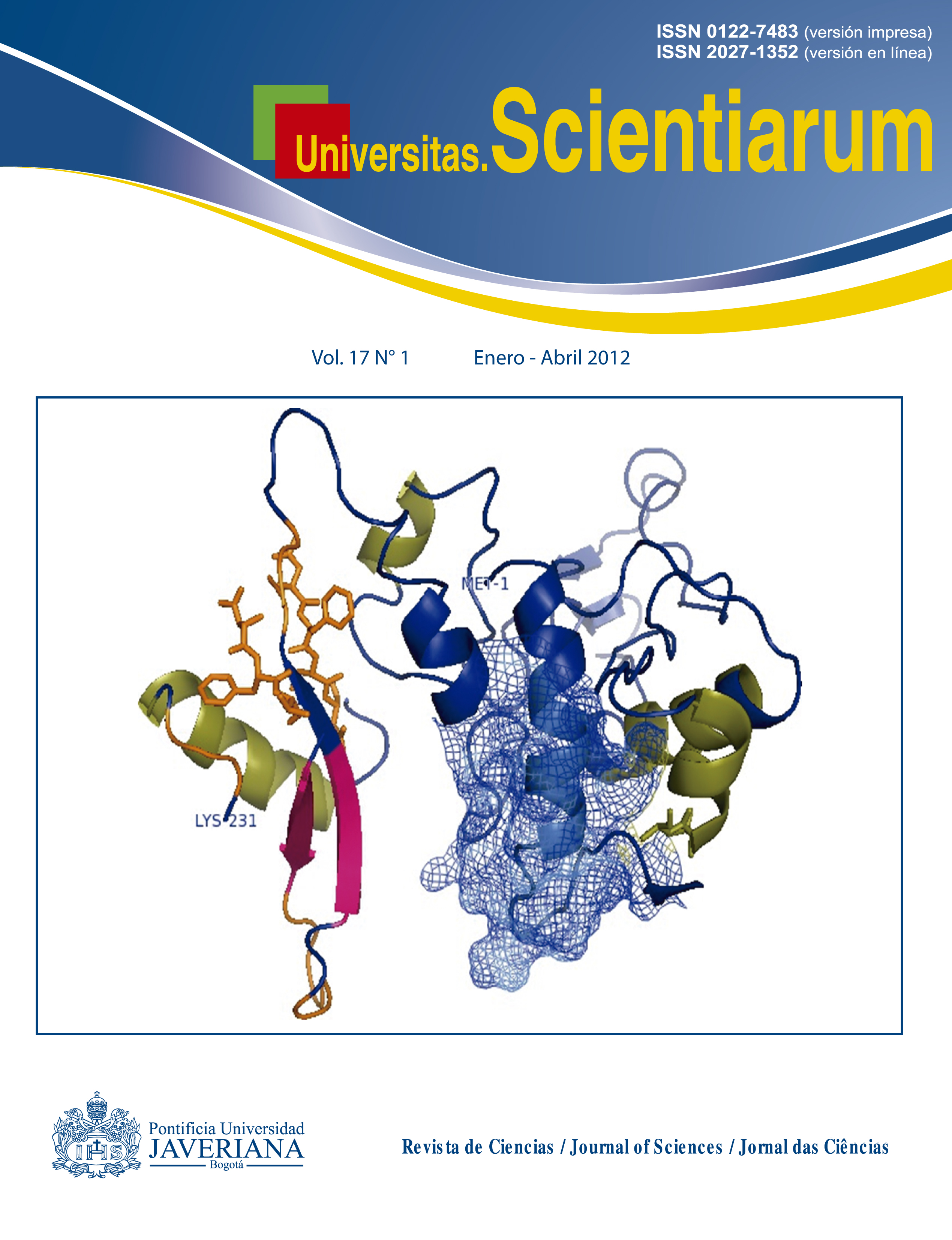Abstract
Objective. To determine the interrelationship between health & hygiene conditions for prevention of legionellosis, the composition of materials used in water distribution systems, the water origin and Legionella pneumophila risk. Material and methods. Include a descriptive study and multiple regression analysis on a sample of golf course sprinkler irrigation systems (n=31) pertaining to hotels located on the Costa del Sol (Malaga, Spain). The study was carried out in 2009. Results. Presented a significant lineal relation, with all the independent variables contributing significantly (p<0.05) to the model’s fit. The relationship between water type and the risk of Legionella, as well as the material composition and the latter, is lineal and positive. In contrast, the relationship between health-hygiene conditions and Legionella risk is lineal and negative. Conclusion. The characterization of Legionella pneumophila concentration, as defined by the risk in water and through use of the predictive method, can contribute to the consideration of new influence variables in the development of the agent, resulting in improved control and prevention of the disease.
Key words: Legionella pneumophila, legionnaires’ disease, multiple regression, hotel golf courses, sprinklers.
Univ. Sci. is registered under a Creative Commons Attribution 4.0 International Public License. Thus, this work may be reproduced, distributed, and publicly shared in digital format, as long as the names of the authors and Pontificia Universidad Javeriana are acknowledged. Others are allowed to quote, adapt, transform, auto-archive, republish, and create based on this material, for any purpose (even commercial ones), provided the authorship is duly acknowledged, a link to the original work is provided, and it is specified if changes have been made. Pontificia Universidad Javeriana does not hold the rights of published works and the authors are solely responsible for the contents of their works; they keep the moral, intellectual, privacy, and publicity rights. Approving the intervention of the work (review, copy-editing, translation, layout) and the following outreach, are granted through an use license and not through an assignment of rights. This means the journal and Pontificia Universidad Javeriana cannot be held responsible for any ethical malpractice by the authors. As a consequence of the protection granted by the use license, the journal is not required to publish recantations or modify information already published, unless the errata stems from the editorial management process. Publishing contents in this journal does not generate royalties for contributors.



